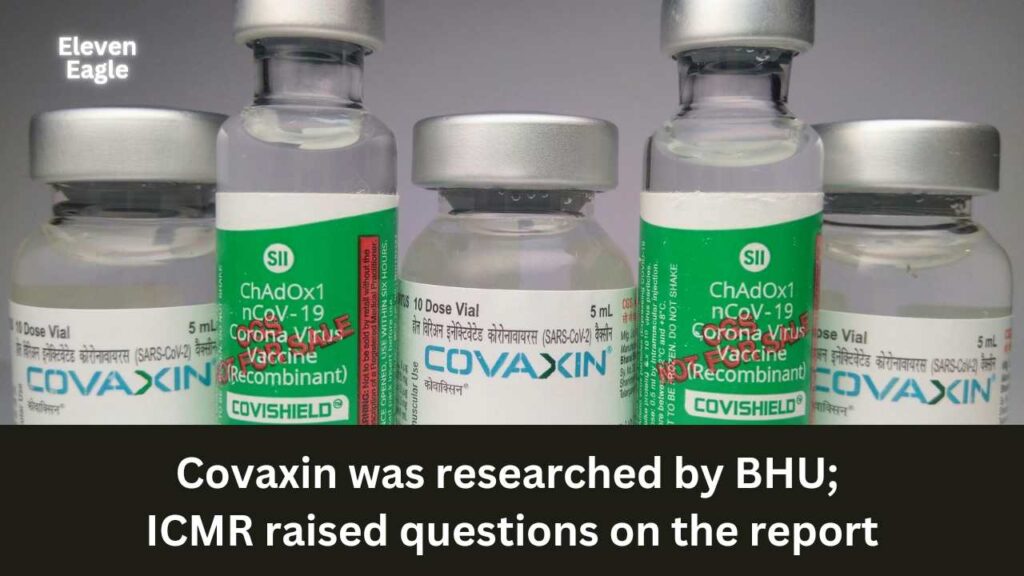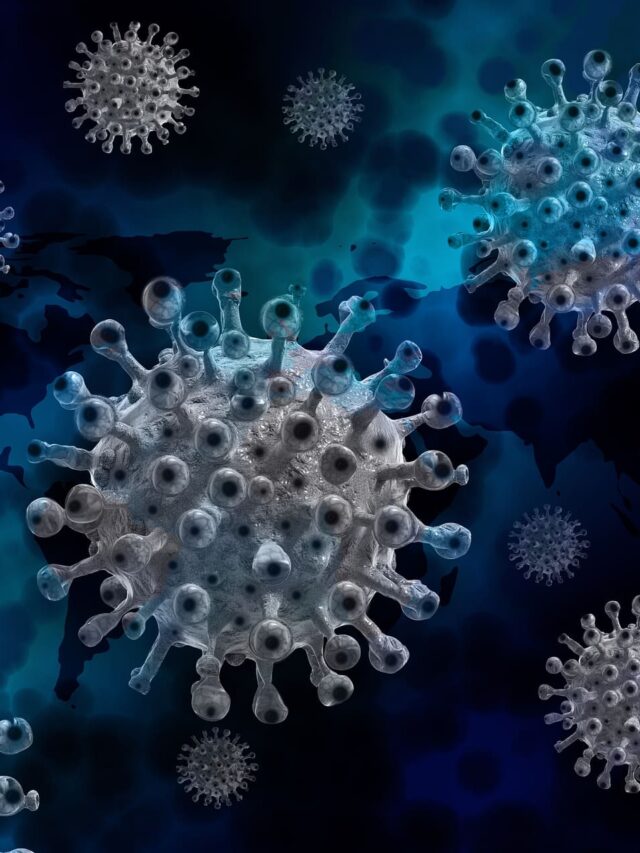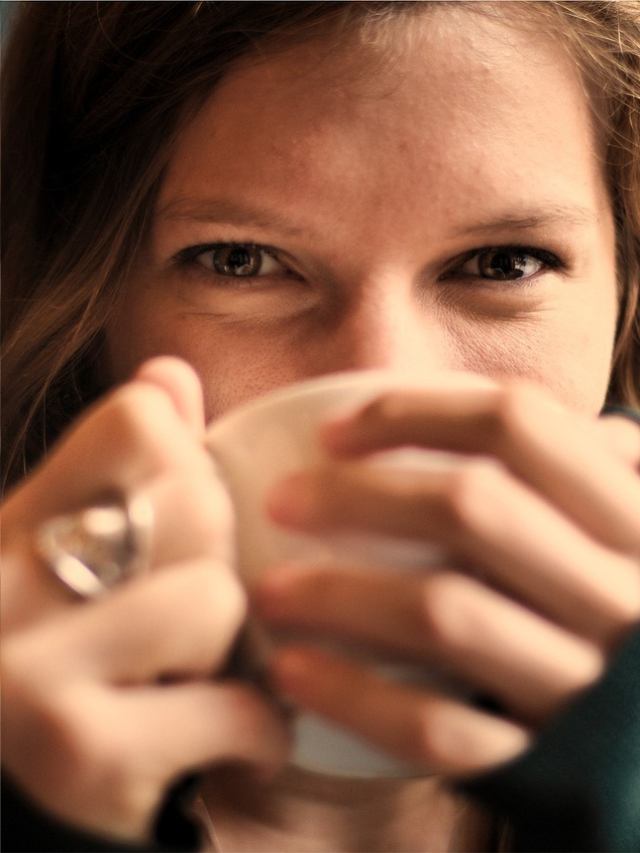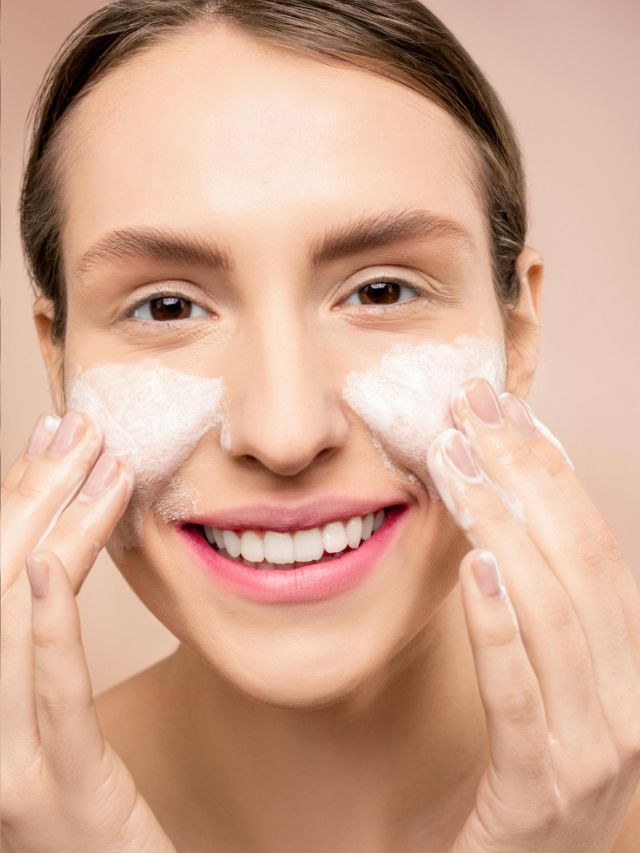
The side effects of Covaxin have recently been researched at BHU. This research has been published in a foreign journal. Since then, there have been several reports in the media about the side effects of Covaxin. A new study claims that 30 percent of people given the Covaxin vaccine experienced some type of side effect. After this, the Indian Council of Medical Research or ICMR has expressed a strong reaction to this research.
ICMR Director General Dr Rajeev Bahl has sent a letter to the authors of the study and the editors of the journal. In it, he wrote that this research is totally misleading and based on wrong facts. It has nothing to do with ICMR. No technical or financial support has been provided for this, ICMR said. Not only this, they have asked to remove the name of ICMR.
“Poor methodology,” ICMR dissociates itself from Covaxin safety study, calls for retraction
Read @ANI Story | https://t.co/5MWKtL5xvc#ICMR #Covaxin pic.twitter.com/JN0GwK6KGV
— ANI Digital (@ani_digital) May 20, 2024
Director General of ICMR along with Professor Shankhasubhra Chakraborty, Chairman, Department of Geriatric Medicine and Dr. A notice has been issued to Upinder Kaur and asked to reply in this matter. A copy of this has also been given to the Director of IMS BHU Professor SN Shankhwar. It is reported that Professor Chakraborty has received financial and technical support from ICMR for the publication of his research.
Covaxin was researched by BHU
Earlier this month, a report by BHU researchers on the side effects of covaccin came out. Side effects have been seen in some people who have received the vaccine. About 1024 people were included in this research. There were 635 teenagers and 391 adults. All of them were contacted for follow-up examination one year after vaccination.
Also read this: Covaxin side effects after Covishield; Read what the new study found
The study found that 304 teenagers, about 48 percent, had a viral upper respiratory tract infection. A similar situation was observed among the youth. In addition, problems such as new-onset skin and subcutaneous disorders were observed in 10.5 percent of adolescents.
General disorders were observed in 10.2 percent of people. Problems related to neurological disorders were found in 4.7 percent. Similarly, general problems were found in 8.9 percent of youth, musculoskeletal disorders i.e. problems related to muscles, nerves, joints in 5.8 percent and musculoskeletal problems in 5.5 percent.
Also read this:




